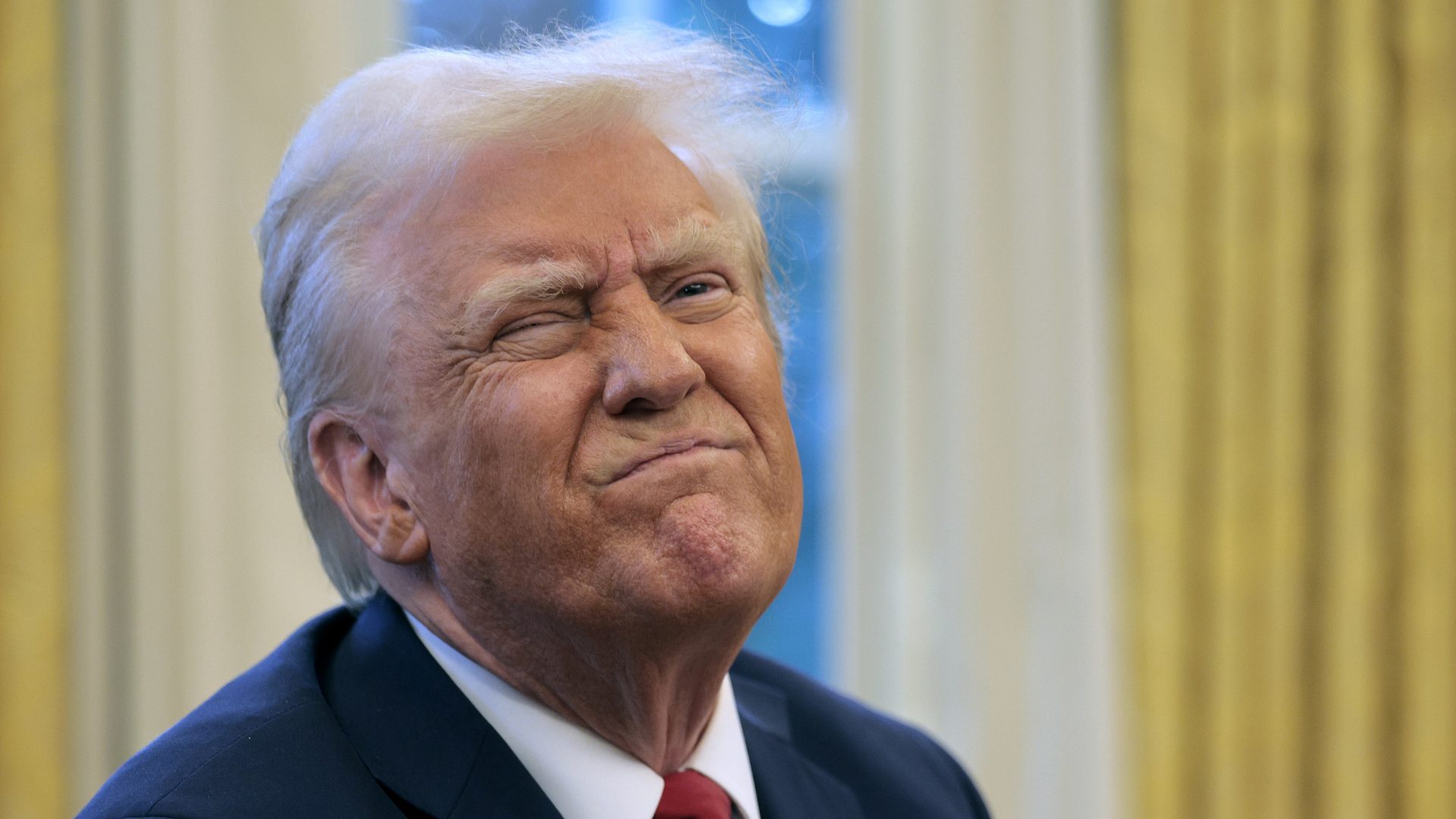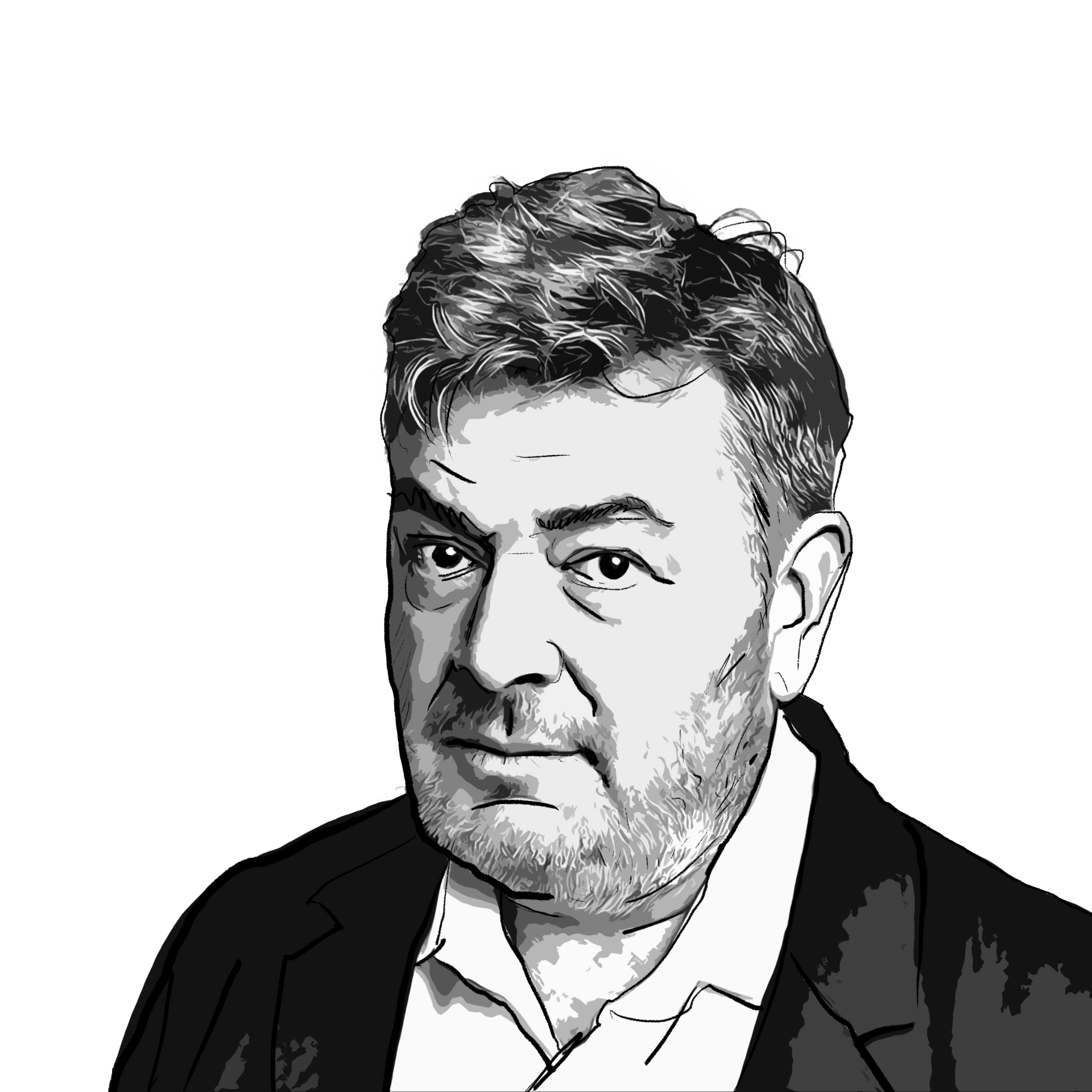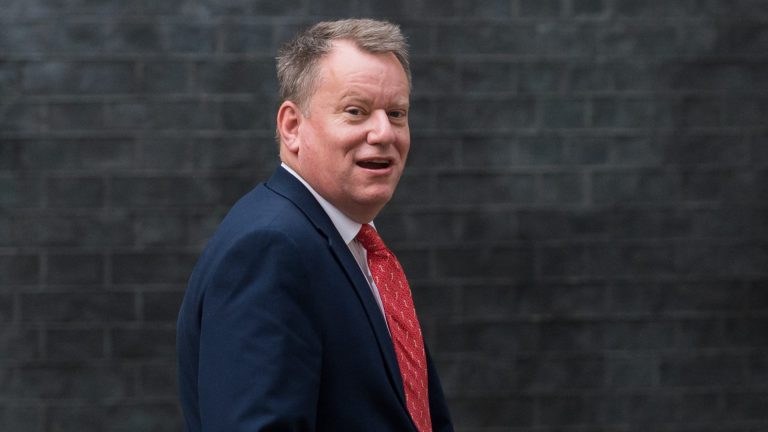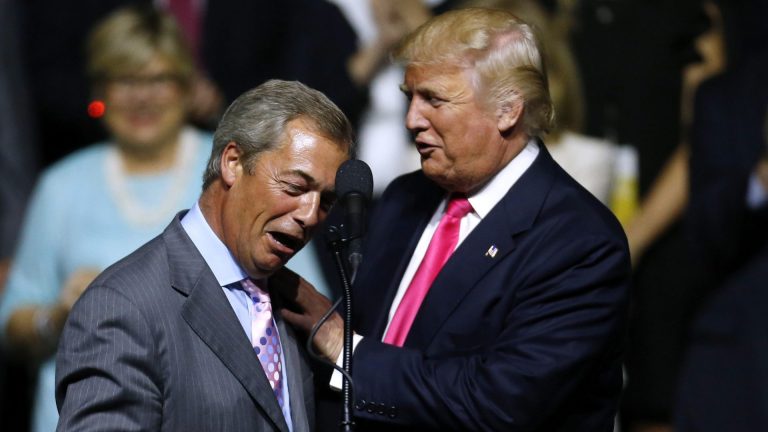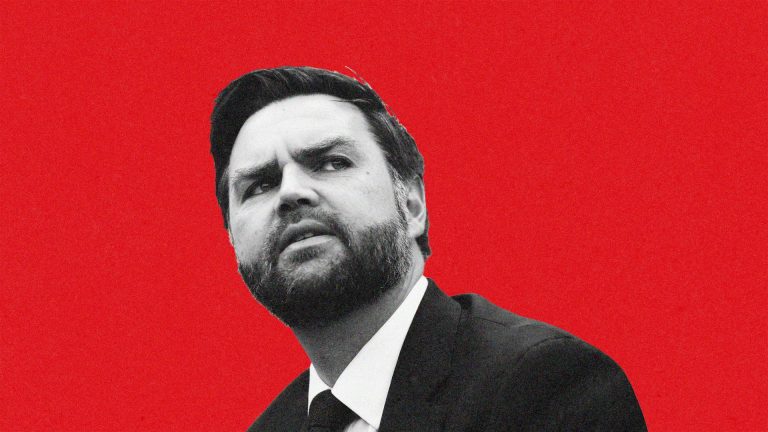If there is a single defining trait uniting the two Donald Trump presidencies, at least so far, it is how relentless and frenetic they are. Trump has only been back in the White House for three weeks and the bombardment of stories and narratives has been endless.
Trump is freezing Medicaid payments, until he isn’t. Trump is putting tariffs on Mexico and Canada, unless he isn’t. Trump is taking back the Panama Canal. Trump is freezing and all but abolishing USAID.
Trump is giving Elon Musk access to the most sensitive data of US citizens and their government. Trump’s America is giving up its role as guarantor of Europe’s freedom and security. Trump is forcing a peace agreement on Ukraine. Trump wants to build the Gaza riviera – and sees no place for Palestinians in it.
The flurry of stories is dizzying, and despite heroic efforts by part of the media to stay across it all, it’s impossible to stay across all of it – and it’s impossible for the media to try to focus their audience’s attention on any one aspect of it. The goal is to try to pick out which bits are “important” and focus on those – but how do you choose on what to hone in, and what can be ignored?
In Trump’s first term, the advice was to “take Trump seriously, but not literally”. Later, this changed to “look at what he does, not what he says”. This well-intentioned advice has proven helpful on occasion – Trump u-turns early and often, and his aides often explain that what the president meant had little to do with what he actually said – a skill at which Biden’s press team were also accomplished.
There are occasions on which the second piece of advice is a good guide. On the tariff war that wasn’t, ignoring Trump’s repeated threats to introduce blanket 25% tariffs on Canada and Mexico until they became “real” would have been wise.
For now, those tariffs have been called off in exchange for astonishingly minor concessions from both neighbouring nations. But “for now” is doing a lot of work there: steel and aluminium tariffs are very real, as are blanket 10% tariffs on imports from China – and given that the delay on Canada and Mexico is only for a month, all of this could become real again at any moment.
This same interaction between Trump’s unreality and real-world consequences could play out with catastrophic consequences elsewhere. If any Trump action could be dismissed as “simply not going to happen”, it is his idea of America claiming the Gaza Strip for itself and turning it into a luxury resort that it owns and operates – especially as Trump says it could be done without a US military presence.
Virtually no-one thinks this will actually happen. But its consequences could easily become very real. By making that pronouncement, Trump has run roughshod over what little remained of Palestinians’ right to return, as well as any basic right of self-determination. He has told Benjamin Netanyahu how uninterested he is in those things.
Trump has also pushed Jordan and Egypt openly – including with threats of withdrawing aid – to take in potentially millions of Palestinians, destabilising both nations, which are also US allies, and leaving them in an impossible political position.
The Israel/Palestine ceasefire deal is on the brink of collapse, and that timing is unlikely to be a coincidence. The US does not need to break ground on Trump Hotel Gaza for it to change the political calculus of the region.
If Netanyahu was looking to prop up his shaky governing coalition by authorising huge new settlements on the West Bank, Trump’s announcement indicates that might be possible. He may even be considering a mass forcible migration of Gazans towards Egypt – forcing the Egyptian authorities to either open the border crossing point, or to appear partially culpable for whatever horror ensued.
Even if such calamities are averted, they are options that have become politically viable because of one of Trump’s least plausible pronouncements. When you are the US president, and when almost none of the usual safeguards around a president function any more, nothing can be safely ignored.
Trump does not have one clear agenda he is trying to fulfil. He has dozens, and many of them are self-contradictory. He is surrounded by ambitious and reckless men, each with their own agendas – one man’s sincere objective is another aide’s sacrificial lamb, or distraction. There isn’t a master plan, and it’s all the scarier for it.
But all of it is even scarier for those who would like to follow one story, one narrative, or to know what’s most important. Anyone who claims to know is either lying or misguided. The reality is that someone needs to be trying to pay attention to it all – because there’s no way to know what’s going to prove most consequential.


